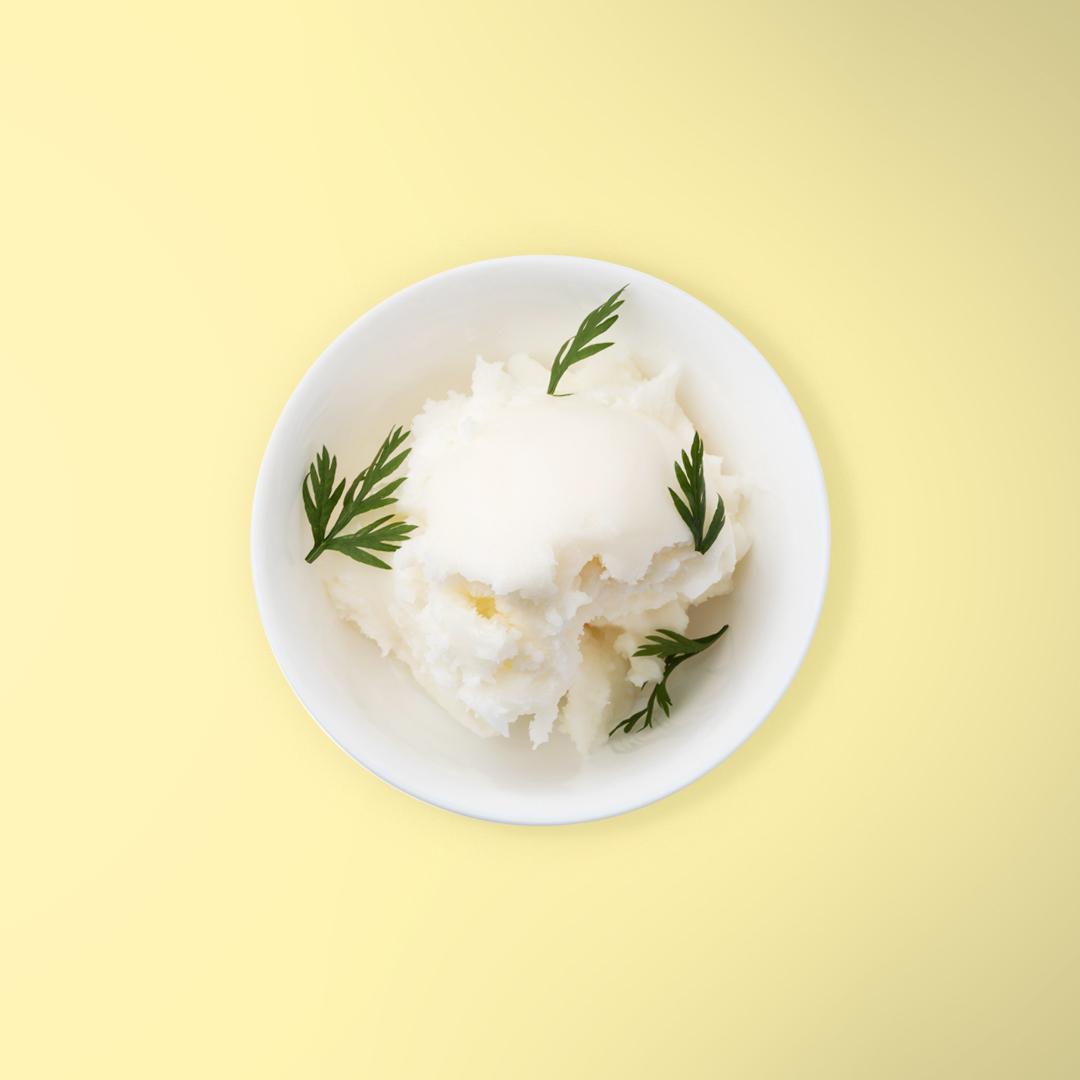Crisco




Crisco is an American brand of shortening mainly used in baking and cooking. It's a solid fat made from a blend of vegetable oils, typically soybean oil, fully hydrogenated palm oil, and palm oil.
Crisco was created in 1911. and its initial formulations contained trans fats, a health concern. However, the current recipe boasts 0 grams of trans fats per serving.
Crisco is a versatile solid fat, primarily used in baking for its ability to create flaky and crumbly textures. But before becoming a baking hero, Crisco's debut role was in… candles! Procter & Gamble initially marketed it as a candle-making fat, highlighting its smooth texture and slow burning.
Unopened cans or sticks of Crisco shortening can be kept for up to 2 years in the pantry. Once opened, it should be refrigerated in an airtight container and can be stored for up to 6 months.
While not a substitute for proper waterproofing treatments, Crisco can be used on leather shoes to create a water-resistant barrier.
Crisco shortening can also be used to lubricate stiff hinges and drawers. Apply a dab of Crisco where needed for a smoother operation, but be careful of potential staining on lighter woods.
Crisco is made through hydrogenation, a process that adds hydrogen atoms to liquid vegetable oils, transforming them into semi-solid fats. Hydrogenation changes the molecular structure of the oils. In regular oils, fatty acid molecules remain disorganized, creating a liquid state. Hydrogenation alters these molecules, causing them to pack together in orderly crystals, resulting in a solid fat like Crisco.
Unlike butter, which forms gluten-developing gluten strands, Crisco coats flour particles, preventing gluten formation. This results in tender, crumbly textures instead of chewy bakes.
Keep your Crisco cold! Chilling before incorporating it into dough ensures fat stays in distinct pieces, leading to flaky layers in pie crusts and pastries. Grate or cut in cold Crisco using pastry cutters or two forks.
Avoid overhydrating your dough when using Crisco. Its low water content means you may need less liquid compared to butter-based recipes.
Crisco's high smoke point makes it ideal for deep frying. It heats up quickly and stays stable at high temperatures, resulting in crispy and golden fried delicacies.
When it comes to health benefits, Crisco shortening isn't exactly a champion. While it can offer some minor advantages in specific situations, it's crucial to be realistic about its limitations and focus on a broader perspective of healthy dietary choices.
Despite being derived from vegetable oils, lacks significant amounts of essential nutrients like vitamins, minerals, or antioxidants. Crisco is high in calories and fat, particularly saturated fat. Excessive consumption can contribute to weight gain and increase the risk of heart disease, diabetes, and other health problems.
Corrections or improvements? Email us at
content@sidechef.com